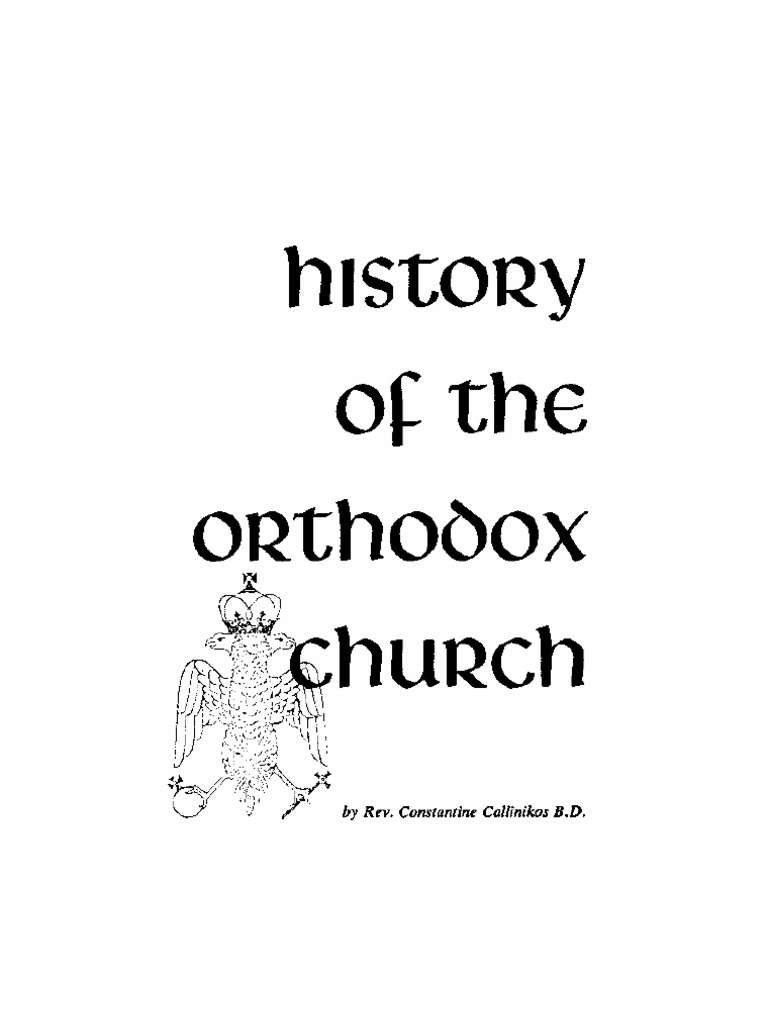The Greek Orthodox Church, a noteworthy entity within Christianity, represents one of the oldest religious traditions in the world. Rooted in the early Christian communities established by the apostles in the Eastern Mediterranean, the Church, often referred to simply as the Orthodox Church, encompasses a rich tapestry of history, theology, and culture. To fully appreciate what the Greek Orthodox Church signifies, one must delve into its origins, evolution, doctrines, and distinctive practices.
Historically, the Greek Orthodox Church emerged from the early Christian teachings and ecclesiastical structures established throughout the Roman Empire. By the time of the Great Schism in 1054, the Christian world had effectively bifurcated into the Roman Catholic Church in the West and the Eastern Orthodox Churches in the East. The schism primarily revolved around papal supremacy and theological differences, culminating in the distinct identity of the Eastern Orthodox tradition, which includes the Greek Orthodox Church as a significant branch.
The geographical footprint of the Greek Orthodox Church is vast, transcending the borders of Greece. While it is rooted in Hellenic culture, its influence extends into numerous nations, including parts of the Middle East, Eastern Europe, and the Americas. Each community exhibits unique cultural expressions, yet they remain unified by core theological tenets and liturgical practices. This universality is encapsulated in the term “Orthodox,” which denotes right belief and practice, underscoring the Church’s commitment to maintaining the integrity of the Christian faith as understood by the early Church Fathers.
Theological distinctiveness is another hallmark of the Greek Orthodox Church. Central to its beliefs is the doctrine of the Holy Trinity, comprising God the Father, God the Son (Jesus Christ), and God the Holy Spirit. This triune understanding of God is foundational to Orthodox theology and worship. Additionally, Christ’s dual nature—fully divine and fully human—is affirmed in the Greek Orthodox tradition, echoing the teachings set forth during the early ecumenical councils.
Within the Orthodox Church, sacraments play a pivotal role in the spiritual life of its adherents. The Greek Orthodox Church recognizes seven sacraments, which include Baptism, Chrismation, Eucharist, Confession, Marriage, Ordination, and Unction. Each sacrament serves as a conduit of divine grace, facilitating a deeper communion between the faithful and God. Of particular significance is the Eucharist, considered the heart of Orthodox worship, where the faithful partake of the body and blood of Christ in a profound act of remembrance and participation in the divine life.
The liturgical traditions of the Greek Orthodox Church are both ancient and intricate. The Divine Liturgy, the primary form of worship, is a rich tapestry of prayers, hymns, and rituals, lasting from one to two hours. The use of icons, or sacred images, is integral to Orthodox spirituality, serving as windows to the divine and aiding the faithful in their prayers. Icons are not merely decorative; they are revered as depictions of the holy and the sacred, connecting believers with the saints and the events of salvation history.
In their observances, Greek Orthodox Christians adhere to a liturgical calendar filled with feasts, fasts, and commemorations, deeply imbued with spiritual significance. The Great Lent, culminating in Pascha (Easter), is a period of intense reflection and preparation, whereby believers engage in fasting and prayer. This season invites introspection and enhances the faithful’s spiritual engagement, uniting them in the shared experience of sacrifice and renewal.
The theology of salvation in the Greek Orthodox perspective diverges from other Christian denominations, emphasizing a transformative journey rather than a singular event of justification. The process of theosis, or deification, is crucial, wherein believers strive to participate in the divine nature through grace and righteous living. This understanding of salvation emphasizes personal transformation, spiritual discipline, and communion with God, reflecting the Church’s ultimate purpose: to become one with the divine and attain eternal life.
Another noteworthy aspect is the emphasis on tradition and the teachings of the early Church Fathers. The Greek Orthodox Church places immense value on the continuity of faith throughout history, adhering closely to the teachings passed down through the centuries. This connection to tradition is vital, assuring adherents that their faith is anchored in the authenticity of the early Christian community and the apostolic witness.
The contemporary Greek Orthodox Church faces several challenges and opportunities in the modern world. Issues such as secularism, interfaith dialogue, and the role of technology in worship present both hurdles and avenues for outreach. In an increasingly pluralistic society, the Greek Orthodox Church is called to articulate its beliefs while embracing the fundamental teachings that bridge differences among Christians and foster understanding among diverse faith traditions.
In essence, the Greek Orthodox Church embodies a rich historical legacy, vibrant spiritual life, and profound theological depth. Its key beliefs and practices not only link the present to a distant past but also offer a framework for navigating contemporary spiritual challenges. As believers unite in faith, engage in worship, and live out their convictions, the essence of Greek Orthodoxy is perpetuated through generations, promising continuity in a rapidly changing world.
This comprehensive exploration of the Greek Orthodox Church illustrates its significance within the broader Christian landscape. With a history steeped in tradition, a commitment to key beliefs, and a vibrant liturgical life, the Greek Orthodox Church stands as a testament to the enduring legacy of faith rooted in love, community, and a profound pursuit of the divine.



